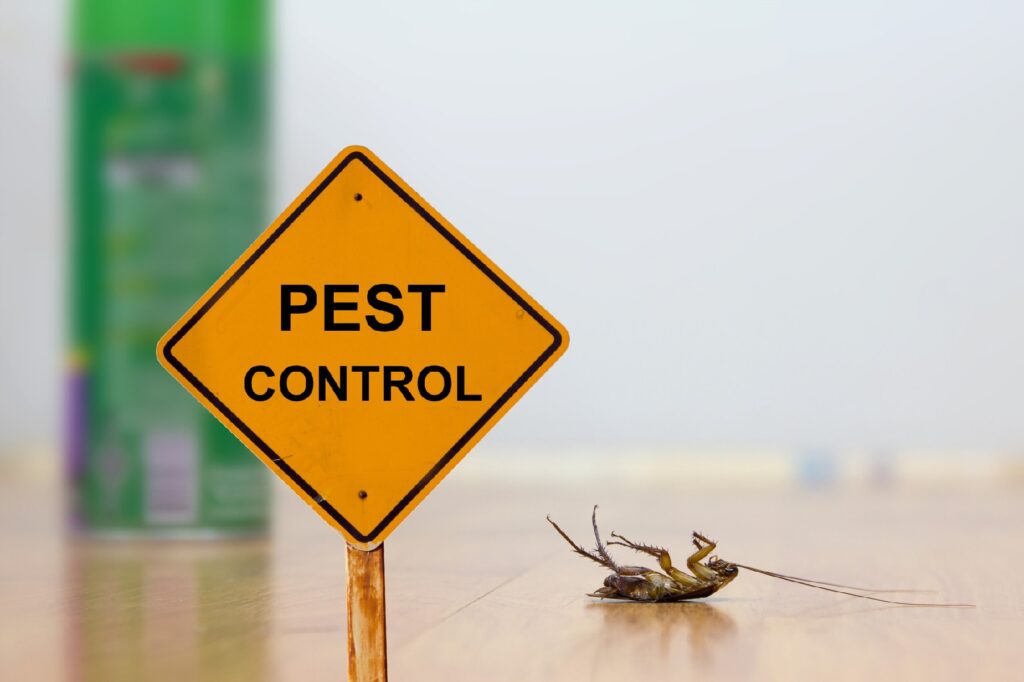Relied On A1 Exterminator Charlotte NC - Comprehensive Pest Solutions
Relied On A1 Exterminator Charlotte NC - Comprehensive Pest Solutions
Blog Article
Bed Insect Treatment Malfunction: Contrasting Chemical Vs. Non-Chemical Solutions
In the world of pest control, particularly when managing the consistent concern of bed insects, the selection between chemical and non-chemical treatment solutions can be a pivotal one. Both methods provide distinctive advantages and disadvantages, influencing elements such as efficiency, security factors to consider, and general price. By examining the nuanced information of each method, a clearer understanding of which course to go after in addressing a bed pest invasion can be achieved.
Performance of Chemical Treatments
Chemical treatments for bed insect infestations have been commonly acknowledged for their quick and powerful efficacy in eliminating these pests. When thinking about the effectiveness of chemical therapies, it is vital to recognize that they can provide a comprehensive and quick option to a bed pest trouble.
Moreover, chemical treatments have the benefit of providing recurring effects, suggesting that they can proceed to get rid of bed pests even after the initial application. This recurring action is especially advantageous in combating any potential re-infestations. Furthermore, the quick action of chemical treatments can bring relief to people dealing with severe bed pest invasions, permitting them to restore control of their space promptly.
Safety And Security Interest In Chemical Solutions
When utilizing chemical options for bed insect therapy is ensuring the security of passengers and the setting,One essential element that requires careful consideration. While chemical therapies can be reliable in removing bed pests, they might position dangers otherwise dealt with effectively. One of the key security problems with chemical solutions is the prospective damage they can trigger to human health and wellness. Exposure to particular chemicals made use of in bed insect therapies can cause respiratory issues, skin inflammation, or other damaging reactions, especially in individuals with pre-existing problems or level of sensitivities. Additionally, inappropriate application or dosage of chemical pesticides can lead to harmful deposits sticking around in the cured area, posturing lasting wellness risks to residents.
Additionally, the environmental effect of chemical remedies is another considerable consideration. Some chemicals made use of in bed insect treatments may be unsafe to valuable pests, wildlife, and ecosystems if they seep right into the soil or water systems. It is vital to make use of chemical treatments judiciously, complying with safety and security standards, and taking into consideration much less harmful alternatives to minimize these risks and guarantee the secure and effective administration of bed insect infestations.
Advantages of Non-Chemical Methods
Taking into consideration the prospective safety issues and environmental influence linked with chemical options for bed pest therapy, exploring non-chemical strategies presents an appealing alternative with numerous unique benefits. Non-chemical therapies are ecologically friendly, as they do not add to air or water pollution, making them a sustainable choice for pest control.
Additionally, non-chemical remedies can be effective in targeting bed bugs, consisting of hard-to-reach areas where chemical therapies might not permeate - A1 exterminator charlotte nc. Approaches such as warmth therapy, vacuuming, vapor cleansing, and bed mattress coverings give thorough elimination without the use of hazardous chemicals.
Limitations of Non-Chemical Treatments

Furthermore, non-chemical treatments usually call for several applications to attain successful eradication. This can be lengthy and might not constantly assure total removal of all bed bugs and their eggs, particularly in hard-to-reach or surprise places.
Moreover, the success of non-chemical therapies greatly depends on appropriate application and thoroughness, which can be challenging for people without specialist know-how. Poor application of non-chemical methods may lead to insufficient elimination, resulting in persistent infestations and the need for additional therapies.
For that reason, while non-chemical therapies have their advantages, it is vital to recognize these limitations and consider them when figuring out the most effective strategy for taking care of bed insect invasions.
Expense Contrast: Chemical Vs. Non-Chemical Options
Offered the limitations connected with non-chemical therapies, an important element to examine in the context of bed bug monitoring is the cost comparison in between chemical and non-chemical alternatives. Chemical therapies usually entail the application of insecticides by experts, which can range from $250 to $900 per area, depending upon the extent of the invasion and the dimension of the location to be treated. On the other hand, non-chemical treatments like heat treatment or steam can be a lot more costly, with costs varying from $1,000 to $6,000 for an entire home. While the first cost of chemical treatments might seem reduced, several treatments might be called for to completely remove the infestation, potentially enhancing the general expense. On the various other hand, non-chemical choices might provide an extra sustainable and environment-friendly option, although they read what he said can be cost-prohibitive for some individuals. Eventually, when considering the expense of bed pest treatment alternatives, it is very important to weigh the ahead of time costs versus the effectiveness and long-term sustainability of the chosen technique.
Verdict

Taking into consideration the prospective safety concerns and ecological influence associated with chemical options for bed pest therapy, checking out non-chemical methods presents an encouraging choice with numerous distinctive benefits.Given the limitations connected with non-chemical therapies, a crucial aspect to review in the context of bed pest management is the price comparison between chemical and non-chemical alternatives. In comparison, non-chemical treatments like warm therapy or steam can be much more costly, with expenses ranging from $1,000 to $6,000 find an exterminator near me for an entire home. While the initial price of chemical treatments may appear lower, several treatments may be required to completely remove the invasion, possibly raising the total price.In conclusion, when comparing chemical and non-chemical bed insect treatment alternatives, it is important to take into consideration performance, security, advantages, restrictions, and price.
Report this page